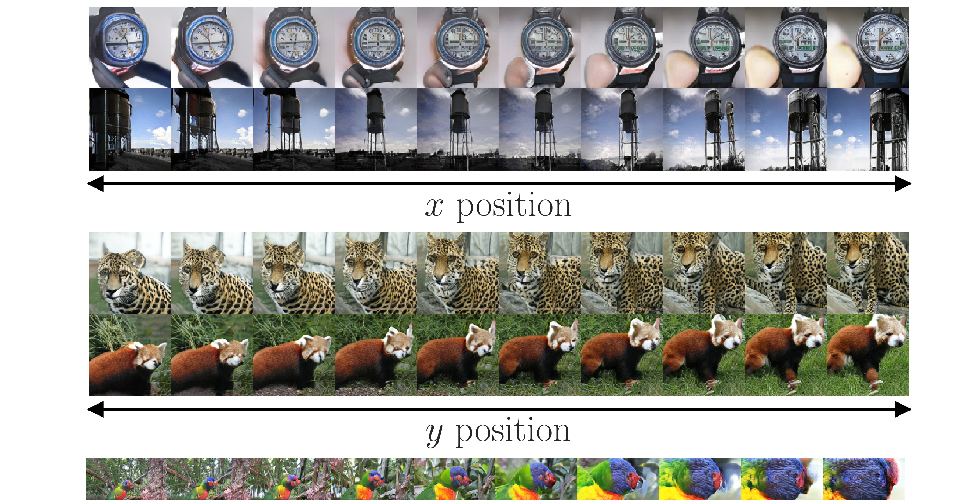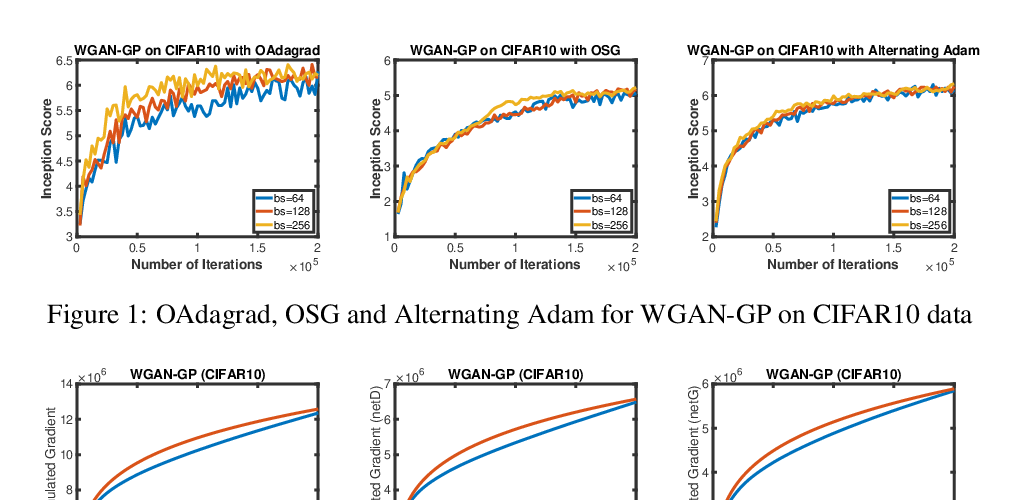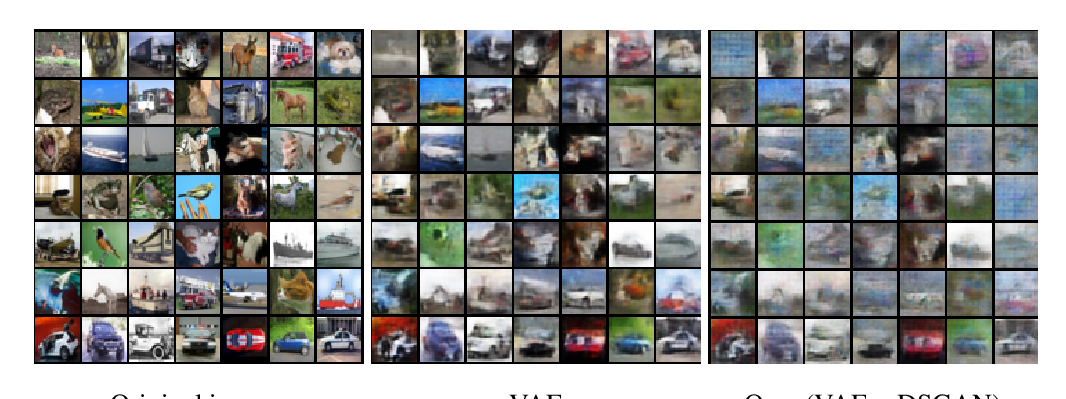Abstract:
Deep generative models can emulate the perceptual properties of complex image datasets, providing a latent representation of the data. However, manipulating such representation to perform meaningful and controllable transformations in the data space remains challenging without some form of supervision. While previous work has focused on exploiting statistical independence to \textit{disentangle} latent factors, we argue that such requirement can be advantageously relaxed and propose instead a non-statistical framework that relies on identifying a modular organization of the network, based on counterfactual manipulations. Our experiments support that modularity between groups of channels is achieved to a certain degree on a variety of generative models. This allowed the design of targeted interventions on complex image datasets, opening the way to applications such as computationally efficient style transfer and the automated assessment of robustness to contextual changes in pattern recognition systems.



